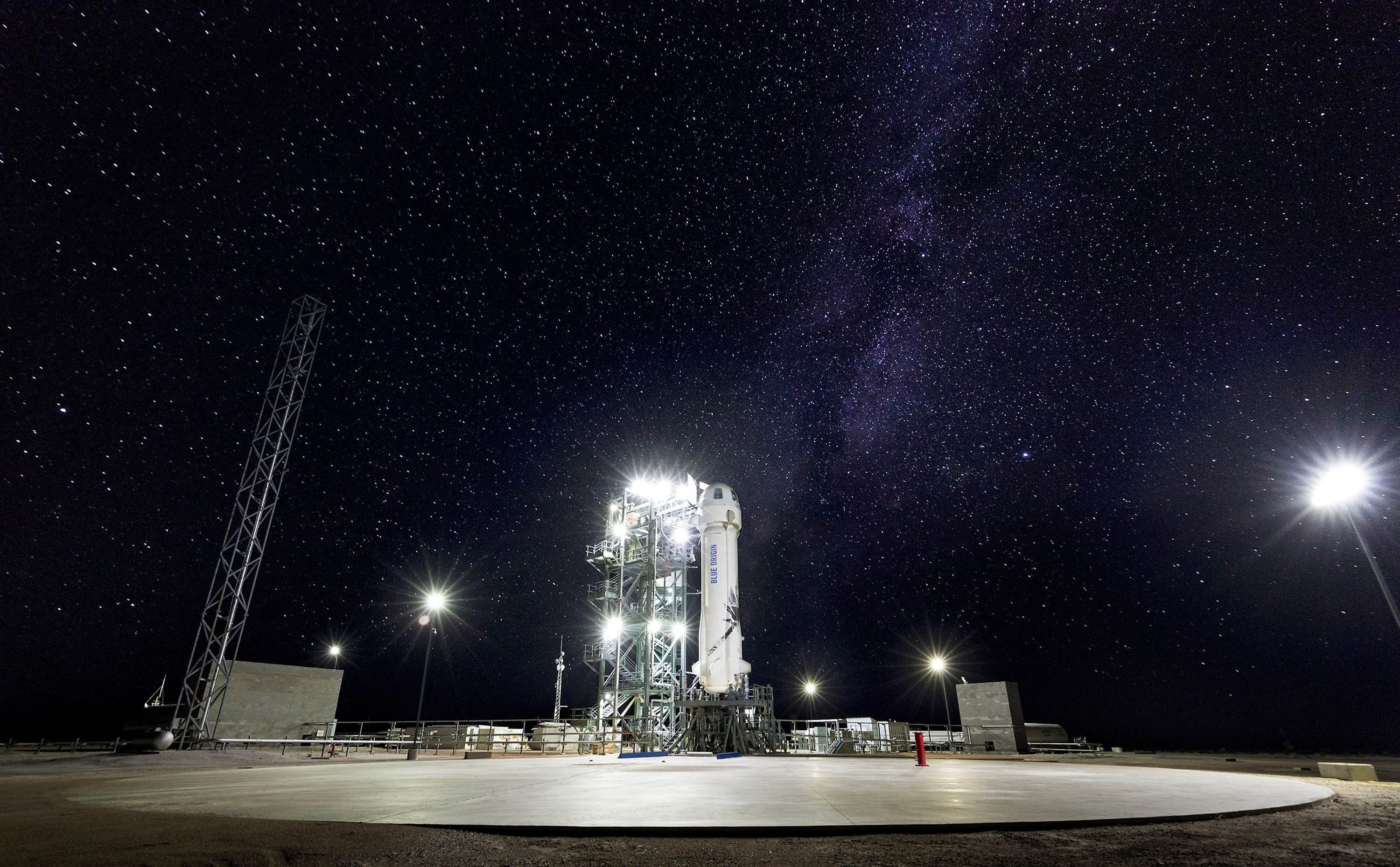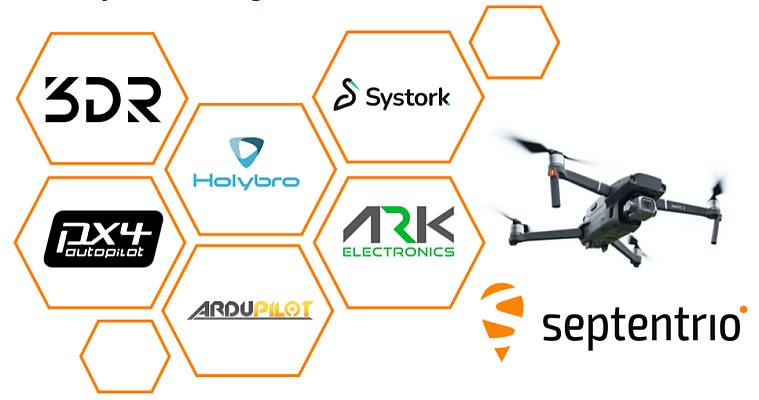DigitalGlobe, a leading global provider of high-resolution earth imagery solutions, today unveiled unique capabilities of its WorldView-3 satellite, slated for launch in mid-2014. The announcement was made at the 28th Annual National Space Symposium, the premier gathering of the global space community taking place now in Colorado Springs.
WorldView-3 will extend the already industry-leading capabilities of DigitalGlobe’s commercial imaging constellation, which today is comprised of QuickBird, WorldView-1 and WorldView-2. This constellation captures well over 75 percent of all half-meter resolution commercial imagery worldwide, including the most color imagery, with an average of twice-daily revisit to any point on the ground globally.

In addition to offering 0.31 meter resolution panchromatic and eight-band multispectral imagery, WorldView-3 was recently licensed by the National Oceanic and Atmospheric Administration (NOAA) to collect eight-band short-wave infrared (SWIR) imagery. This will make DigitalGlobe the only company with multi-band SWIR capabilities, greatly expanding the range of customer applications enabled by the DigitalGlobe constellation, and the overall value DigitalGlobe can provide to customers.
“The sensor capability enhancements planned for the WorldView-3 satellite are likely to be ‘game changers’. These significant improvements will make many of the capabilities and business models that we could only dream about in the mid-1990s a reality,” said James A. Myer, Ph. D., founder and former CEO of Photon Research Associates, Inc., (now retired). Photon Research Associates was acquired by Raytheon Company in 2004.
WorldView-3 imagery is expected to make it much easier for customers to identify small but critical details within an image that are often indiscernible within the visible spectrum. This increased identification capability is particularly valuable in a growing number of automated geospatial intelligence applications.
“As with WorldView-2 before it, WorldView-3 is the most advanced commercial imaging satellite ever built,” said Walter Scott, founder, executive vice president and chief technical officer at DigitalGlobe. “What’s most important, however, is the increased value these new capabilities will provide our customers. We had many options, and after months of working with both government and commercial customers, we chose to add the SWIR bands that will best address our customers’ needs.”
WorldView-3 is currently being constructed by Ball Aerospace, which has designed and built all of DigitalGlobe’s operational satellites. The imaging instruments, including the SWIR sensor and optics, were engineered and are being built by ITT Exelis.
“Since 1995 Ball Aerospace has provided DigitalGlobe with exceptionally capable and successful commercial remote sensing satellites based on its proven product line,” said Cary Ludtke, vice president and general manager for Ball Aerospace’s Civil and Operational Space strategic business unit. “The steady evolution of these satellites has not only fostered a new U.S. industry, but also sustained the nation’s instrument and satellite bus supplier base.”
“The Exelis-built SWIR instrument leverages mature technologies that deliver state-of-the-art capabilities to DigitalGlobe, their customers and end users of this information,” said Rob Mitrevski, vice president and general manager, Exelis Geospatial Systems. “Our development and integration of the SWIR capability will proceed in parallel with the multispectral portion of the WorldView-3 instrument. All elements are on schedule.”








